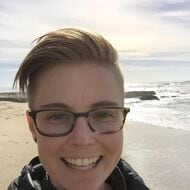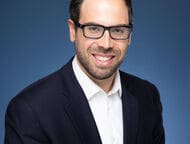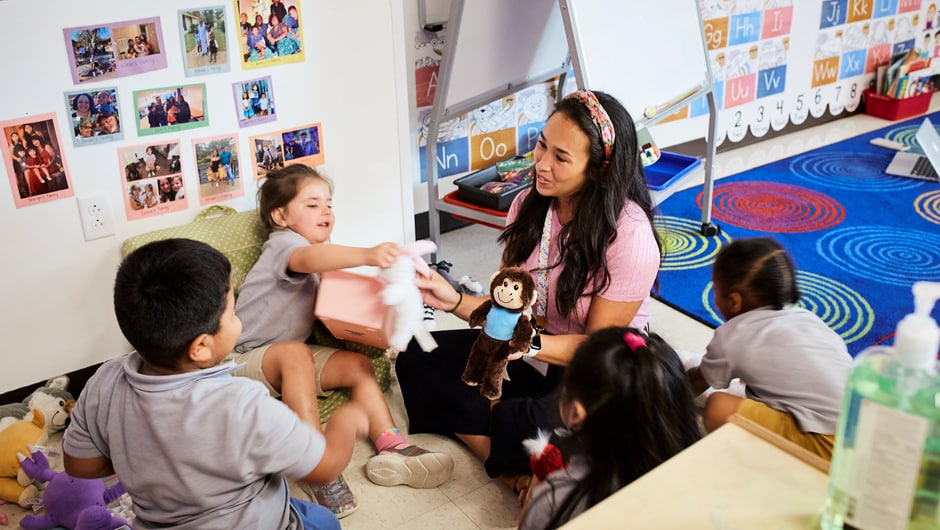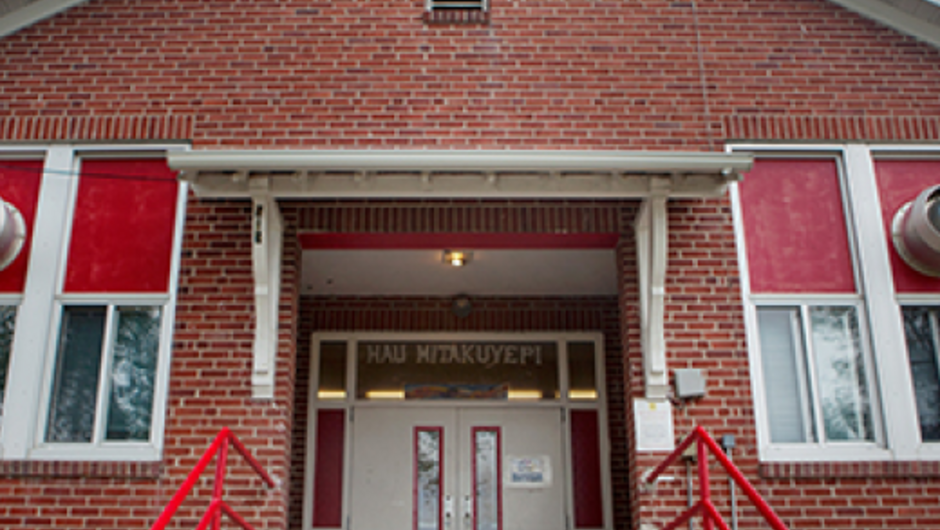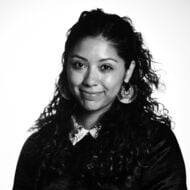
Advice for Supporting LGBTQ Students
Kelly Krag-Arnold (Greater New Orleans-Louisiana Delta ’13) talks about her experience as an LGBTQ educator and shares advice for creating a safe and inclusive environment for LGBTQ students.
What are some hardships that members of the LGBTQ community encounter in and out of the classroom?
Our LGBTQ students encounter the same challenges as all students, but the challenges are often exacerbated by additional stressors such as a lack of safe or affirming spaces at school or at home, bullying, homelessness, etc.
I think about one of my former students who never missed a single class, but was suddenly absent for two weeks. I found out later that she had come home from school to a trash bag of her belongings on the porch. Her mom had heard about her girlfriend. She no longer had a place to live, she couldn’t wash her school uniform, and she couldn’t come to school. Another former student told me that she skipped all her classes after lunch because she didn’t feel safe using the girl’s bathrooms at school.
These are solvable problems, but they’re still preventing kids from getting an education.
How can we foster a sense of “safe space” for our LGBTQ community in and out of the classroom?
This is so context-specific—for example, in NYC public schools, it’s now required to display “Respect for All” posters and have a staff representative in each school trained to support LGBTQ students. However, in other areas of the country, a teacher might be risking their job if they put a Safe Space sticker in their window.
Generally speaking, I think it’s important for adults to model what it looks like to create a safe and inclusive environment, to be a supportive ally, or to be a proud member of the LGBTQ community. There’s no one way to do this; developing strong relationships with students and modeling respect and inclusivity every day is a good way to start. That said, this is hard and doesn’t happen overnight.
There are moments that I still replay in my head from years ago when I didn’t step in when a student made an insensitive comment or a teacher made a casual homophobic joke, or when I was uncomfortable and just didn’t handle a situation very well—don’t let a fear of failing keep you from trying.
What resources related to LGBTQ issues have you used in and out of the classroom to empower yourself and or your students?
I tried to create a curriculum that had a social justice lens, although I often struggled with finding the balance between creating an inclusive and empowering curriculum and creating a curriculum that my administration would support. GLSEN and Teaching Tolerance are great jumping off points for incorporating LGBTQ authors, movements, and issues.
I was an English teacher, so it was certainly easier for me to include queer themes, but I also thought a lot about basic LGBTQ visibility in the curriculum. It was important for me to include authors with a biography that might casually mention that they are queer, or to have something as simple as a sentence for an editing exercise that begins “John and his husband…”
How has identifying with the LGBTQ community influenced your role as an educator?
As a visibly queer person, it was inherently a bit political to go to school every day and teach kids, especially in Louisiana. For a lot of the students I taught, I was the first visibly queer and “out” adult they had encountered. I wanted to demonstrate that being queer and having a happy life and a professional job was an option available to kids who otherwise may not have thought that type of life was accessible to them.
I prioritized building strong relationships with my students and being an excellent teacher in part because I wanted to normalize being queer to students who were struggling with what being part of the LGBTQ community might mean for their future. I’m no longer in the classroom, but I still consider myself an educator and I try to stay involved. Right now I volunteer with a cohort of LGBTQ youth receiving housing services through the Ali Forney Center in NYC.
What are some ways that we as an organization can celebrate LGBTQ populations?
I’m a white cis woman and I can’t speak for the entirety of the queer community, so I’m going to turn this question around! Ask LGBTQ kids what they need to feel celebrated. Ask the organizations that are doing the incredibly challenging and under-funded work on the ground how you can help. Become involved locally: give your time or money to organizations that support and uplift LGBTQ folks. A great place to start is the Ali Forney Center in NYC which advocates for LGBTQ youth experiencing homelessness.
Sign up to receive articles like this in your inbox!
Thanks for signing up!
Content is loading...


